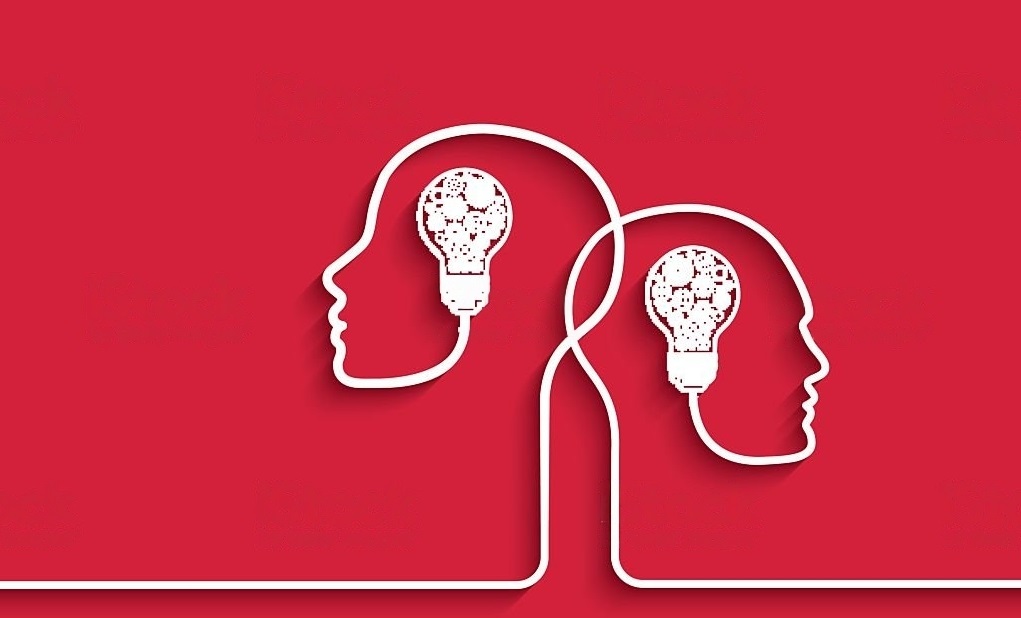
In the realm of education and professional development, case studies are often employed as powerful tools for learning. They offer real-world scenarios for individuals to dissect, analyse, and resolve. However, beyond their practical application, case studies also foster the development of critical thinking skills. Let's delve into how this happens.
Understanding and Identifying Problems At their core, case studies usually revolve around a problem or a series of problems. To make sense of the case, individuals must first identify these issues accurately. This requires critical analysis, keen observation, and interpretative skills, all cornerstones of critical thinking.
Analysing Information Case studies are often complex, containing layers of information. Critical thinking is needed to analyse this information, distinguish between what's relevant and what's not, identify biases, assess credibility, and understand connections between different pieces of information.
Formulating Hypotheses Once the problems have been identified and the information analysed, individuals need to come up with potential solutions or hypotheses. This involves thinking logically, creatively, and sometimes, outside the box. It also requires the ability to make informed assumptions and predictions, which are central elements of critical thinking.
Testing Hypotheses After formulating hypotheses, individuals must then test these against the data provided in the case study and their own reasoning. This demands logical reasoning and the ability to critically evaluate evidence and arguments.
Making Decisions Ultimately, case studies require decision-making. Individuals need to choose a course of action based on their analysis and hypotheses. This involves weighing pros and cons, considering implications, and making judgements, all of which are important facets of critical thinking.
Reflecting on the Process and Outcome After a decision is made, critical thinkers often reflect on the process and the outcome. They evaluate their thinking process, assess the effectiveness of their decision, and identify lessons learned. This reflective thinking is a crucial component of critical thinking.
In conclusion, case studies, by their very nature, foster critical thinking skills. They challenge individuals to identify problems, analyse information, formulate and test hypotheses, make decisions, and reflect on the process and the outcome. Through engaging with case studies, individuals can significantly enhance their critical thinking abilities, becoming better problem solvers, decision makers, and lifelong learners.
https://thecasehq.com/how-case-studies-foster-critical-thinking-skills/?fsp_sid=127
Comments
Post a Comment